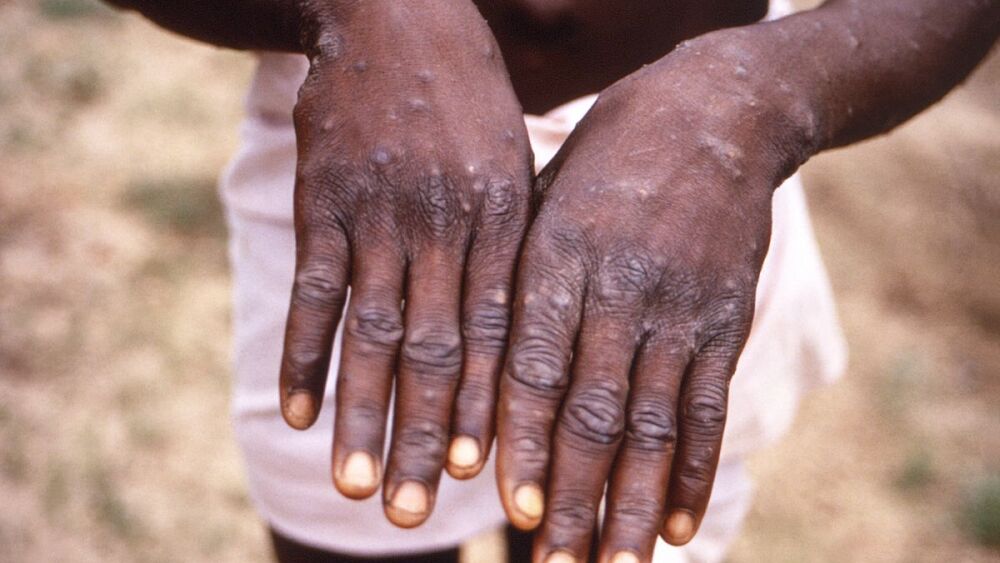On July 23, the World Health Organization declared the recent monkeypox outbreak a public health emergency of international concern. Since then, the U.S. has reported more than 18,000 cases of the disease, far surpassing other countries; Spain has the second-highest recorded case count with 6,459 confirmed.
In all, more than 48,000 cases have been reported across the world, with the overwhelming majority in countries, such as the U.S., that do not typically see monkeypox.
With cases expected to rise, what should first responders be looking for if a call for suspected monkeypox comes in? In this article, learn the most common symptoms, how to identify any potential spots as monkeypox and how to care for patients in the prehospital setting.
What is monkeypox?
Monkeypox is a disease caused by the monkeypox virus, similar to smallpox, but more mild and less lethal, according to the CDC. It was first discovered in 1958 after an outbreak among a colony of research monkeys, with the first human case recorded in the Democratic Republic of the Congo in 1970.
Prior to the current outbreak, most infections outside of Africa were found in individuals who had recently traveled to places where the disease commonly occurs, which is why the current outbreak is concerning to public health experts.
What are the most common monkeypox symptoms?
Symptoms of monkeypox generally show up one to two weeks after infection and can vary by individual, as well as by what stage of the disease an individual is currently in. They include:
- Fever
- Headache
- Muscle aches and backache
- Swollen lymph nodes
- Chills
- Exhaustion
- A rash that looks like pimples or blisters on the face, inside the mouth or elsewhere, to include hands, feet, chest and genitals
While some individuals will experience the entire spectrum of symptoms, others may only experience the tell-tale rash.
What do monkeypox blisters/rashes look like?
A monkeypox rash can look different for each person, as well as at different stages of the disease cycle.
https://twitter.com/CDCgov/status/1550511060846788608?s=20&t=Yw_e2X0jbpAFEPpWKqUrhg
How does monkeypox spread?
The disease can be spread by direct contact with the rash or bodily fluids, as well as by respiratory droplets during prolonged face-to-face contact. The disease can also be transmitted during physical or sexual contact, and pregnant women are at risk of contracting the virus and passing it along to their fetus through the placenta.
Monkeypox can also spread indirectly if someone touches clothes or other items that had direct contact with the rash or bodily fluids.
Only individuals exhibiting symptoms can spread the disease to others, and a typical case usually takes two to four weeks to recover from. Experts warn that individuals are contagious until the rash has fully healed with a new layer of skin covering all blisters.
How is monkeypox treated?
There are no medical treatments for monkeypox specifically, but many antiviral drugs that are used to treat smallpox may be used to treat monkeypox, as well.
There are also two vaccines available in the U.S. – JYNNEOS and ACAM2000 – that may prevent individuals from becoming infected with the disease after being exposed to the virus. Individuals interested in the vaccine should contact their public health department.
What PPE should first responders wear for a suspected case of monkeypox?
In a recent article, “EMS Response to the Current Outbreak of Monkeypox,” the National Emerging Special Pathogens Training and Education Center recommends that EMS providers wear:
- N-95 respirator
- Gown
- Gloves
- Eye protection with face shields or goggles
How should first responders handle a suspected case of monkeypox?
The NETEC recommends a number of safeguards to prevent the spread of monkeypox in the event first responders need to transport a patient by ambulance:
- Separate the driver compartment from the patient compartment
- Turn the exhaust fan on high in the patient compartment, if available
- Use the setting to introduce fresh air, versus recycling air within the rig
- Providers driving the ambulance should wear N-95s if the driver compartment cannot be closed off
- Limit how many providers interact with the patient
- Use PPE checklists for donning and doffing gear
- Clean and disinfect all surfaces with a hospital grade disinfectant following transport
- Dispose of monkeypox-contaminated waste as a Category A waste pathogen
Following a response, providers should monitor for signs and symptoms of illness for 21 days after a confirmed monkeypox transport.
Listen next:
EMS response to the current outbreak of monkeypox
Infectious disease expert Dr. Alexander P. Isakov shares tips for encountering monkeypox




